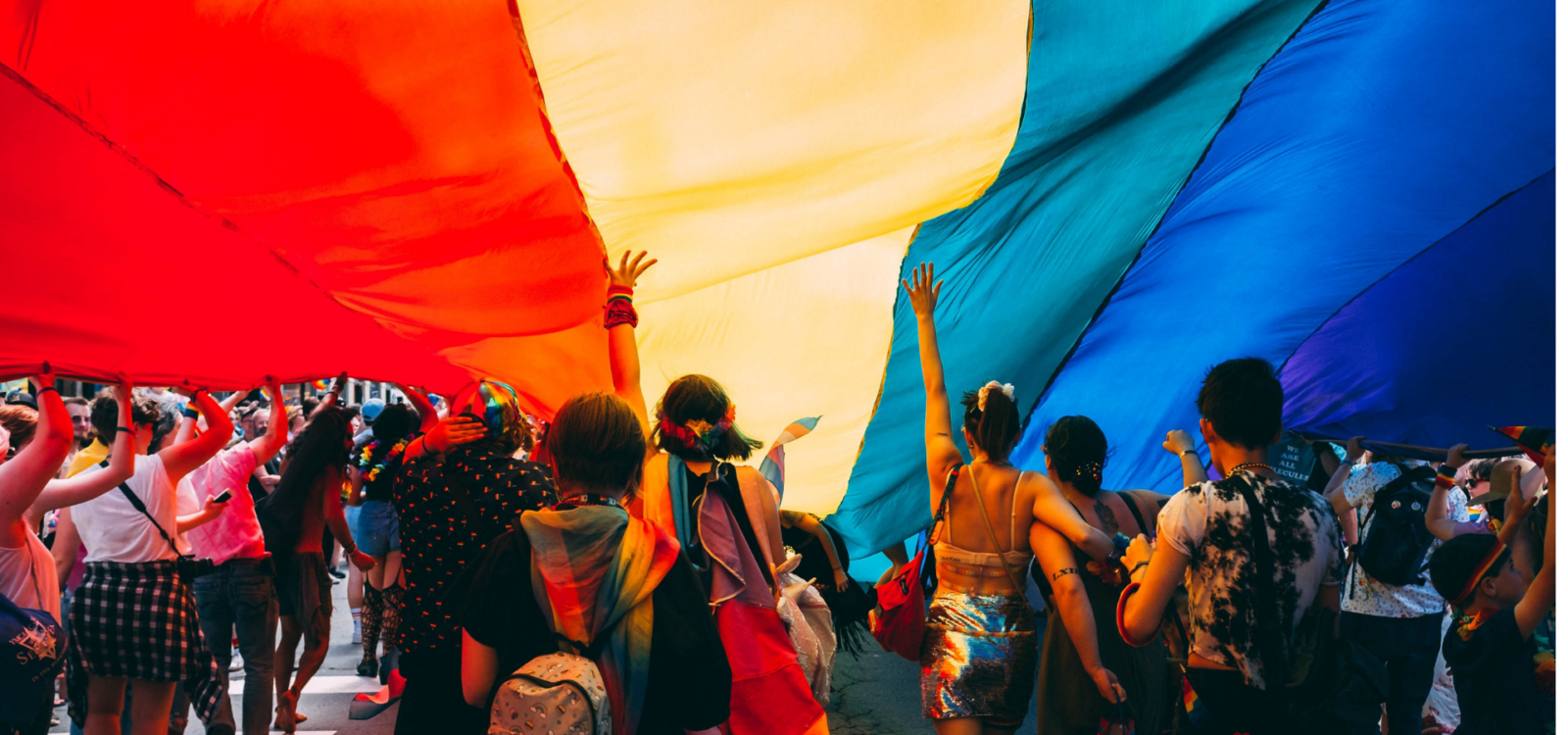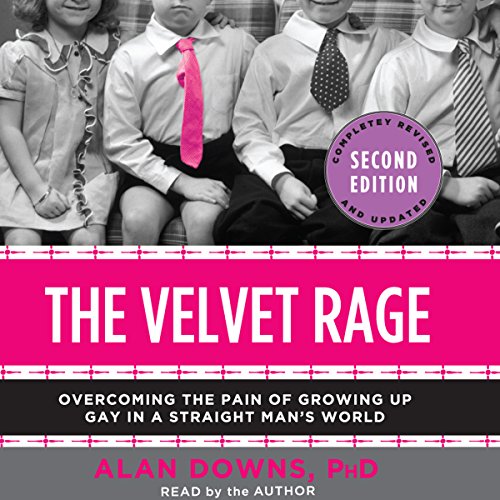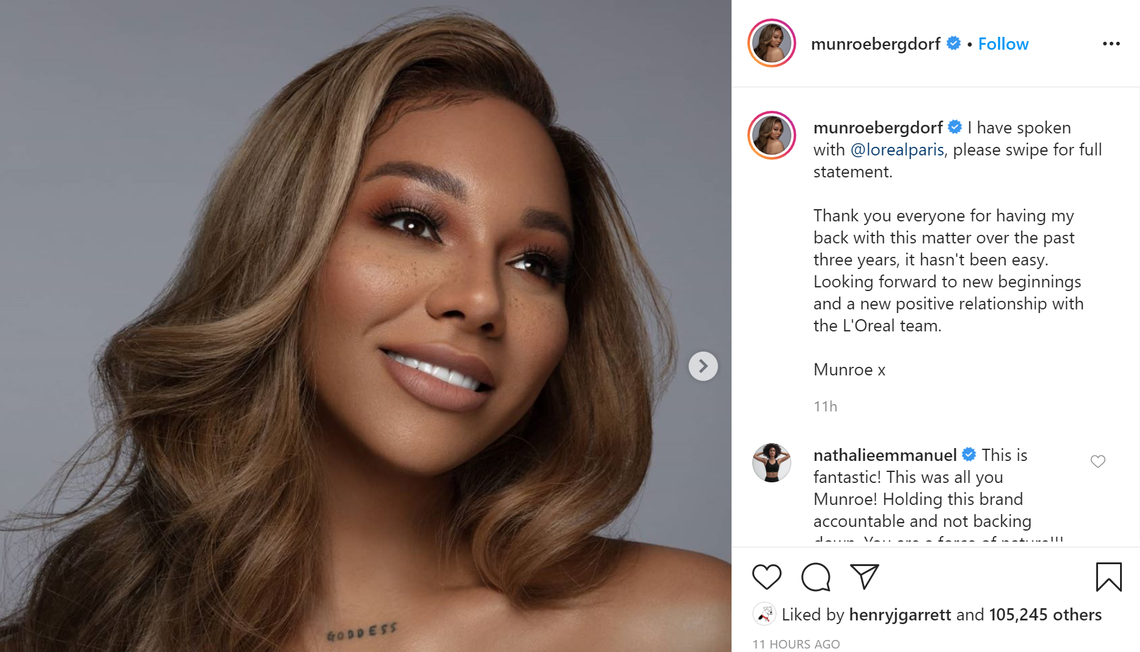
Are we really LGBTQ+ inclusive in the workplace?
As part of GOOD’s three-part series on Diversity and Inclusion, Matthew Plant, Senior Account Director at GOOD shares his experiences and recommendations to help organisations build LGBTQ+ inclusive environments.
The benefits of an inclusive workplace are clear: increased levels of workplace innovation, improved performance and a more engaged workforce that are less likely to leave. What’s not to love? Yet the statistics tell us a different story. In one study conducted by BCG and NYC LGBT Community Center earlier this year involving 2,000 LGBTQ+ respondents, ‘75% reported experiencing at least one negative interaction related to their LGBTQ+ identity at work in the past year, with 41% experiencing more than ten types of such interactions’. More work needs to be done. So how can we create an environment that is inclusive for LGBTQ+ employees?
Firstly, I’m a gay man. It’s important to recognise that I can only speak from my experience as a gay man. There are lots of letters in LGBTQ+ and this is layered with demographics such as socio-economic background, race, age and religion. LGBTQ+ represents a rich tapestry of experience and I believe organisations can do more to listen to people from this community to better understand their lives.
Growing up, I experienced a lot of shaming and prejudice for being gay. Shaming is one of the reasons why gay men are more likely ‘to experience a range of mental health problems such as depression, suicidal thoughts, self-harm and alcohol and substance misuse’. This continues to be a significant challenge and involves complex ideas about what it means to be a man, growing up in a straight man’s world and body shaming. If you’re interested, I recommend ‘The Velvet Rage’ in which Alan Downs explores shaming for gay men.

Unfortunately, experiences of shaming still exist today – including in the workplace. Acts of shaming and prejudice can leave employees feeling isolated and marginalised. In today’s context, these acts can range from intentionally antagonistic, through to what I call ‘unintentional acts of prejudice’ – that is, comments, actions or gestures that people do without intending to cause harm, but can cause harm because of a lack of awareness or understanding.
Innocent throwaway comments like ‘gay people don’t have children’ may not be intended to hurt but can have psychological consequences. These incidents encourage me to reflect on the need to educate our colleagues and raise awareness of the challenges LGBTQ+ people face. Employees should not be afraid to have honest, constructive, and compassionate conversations to avoid incidents like these happening again.
Beyond my experiences, I have admired the work of Munroe Bergdorf, a trans model, who champions trans, black and queer voices in the beauty industry. Munroe was sacked from L’Oreal in 2017 for speaking out about white supremacy and systemic racism. Since then, Munroe has been appointed to the Diversity & Inclusion Board for L’Oreal and is making waves for black and trans rights. About shaming, she writes:
“I didn’t have access to a wide array of role models who looked like me, who I could see myself in, who I could be inspired by or draw strength from. I measured myself up to a cisgender, heterosexual beauty narrative that only exacerbated my gender dysphoria and feelings of shame. I’m happy to have seen that change occur in real time and hopefully I can be that person for some of the trans, Black and queer youth of today.”

Now L’Oreal is activating a Diversity & Inclusion strategy which involves a diversity hiring policy, and a policy that denounces any workplace prejudice or discrimination. On the board at L’Oreal, Munroe is educating the senior team and workforce about black and LGBTQ+ challenges and continues to be a role model for many.
So what can we do to take these challenges into consideration and create an inclusive workplace culture for LGBTQ+ employees? Here are six tips:
Listen to your employees and understand them
A good way to do this is through employee surveys. Ask the employee if they feel included. If not, why not? Ask them how they might feel more included. Consult with LGBTQ+ staff who are open – ask them to challenge and critique diversity and inclusion policies. Be brave and publish your findings. If it’s worse than you thought but you’re working with LGBTQ+ employees to improve it, you’re going in the right direction.
Create LGBTQ+ ally groups
Ally groups raise awareness of LGBTQ+ challenges and experiences and encourage organisation wide accountability for diversity and inclusion. This is widely advocated by groups like Stonewall. It is important that these ally groups are made up of LGBTQ+ staff and straight allies. Group activities could include training programmes, lectures, group discussions and away days. Ally groups are proven to increase awareness of discrimination and increase the likelihood of straight allies recognising it action.
Be prepared to put your money where your mouth is and recruit LGBTQ+ staff & speak to the experts
More LGBTQ+ employees make workplaces more attractive and inclusive for LGBTQ+ employees. But this may require you to look for specialist LGBTQ+ recruiters to help you. If resource is available, there are companies like involve which help to cultivate inclusive workplaces.
Have a clear escalation and reporting procedure
If someone is facing prejudice or workplace shaming, ensure there is an easy and effective way to report it. Decisive senior accountability is key here. A zero-tolerance policy on prejudice and discrimination needs to be backed up by a clear process and actions. Also ensure there are the right resources in place to support employees affected such as talk therapy and legal advice.
Language used in communications is important
Creating a communications toolkit is a great way of working toward a more inclusive workplace. This could include pronoun guidelines, ways to incorporate gender neutral communications into HR policies and procedures, and other educational guidance. Employees may welcome the opportunity for this edification; lots of people are likely to be afraid to make a mistake.
Recruit senior role models passionate about diversity & inclusion
As with the case with Munroe, having a diverse leadership team is important for staff motivation and inclusion. Their efforts will help ensure LGBTQ+ voices are heard.


